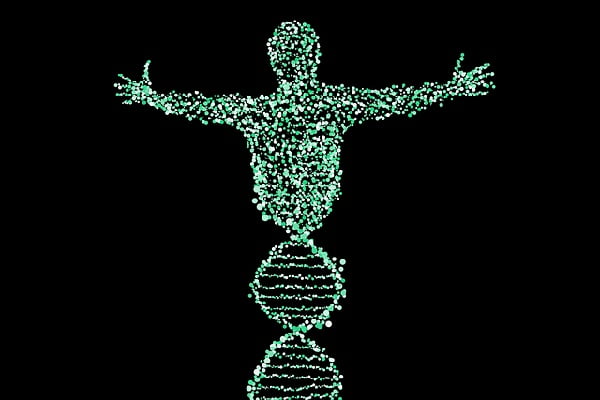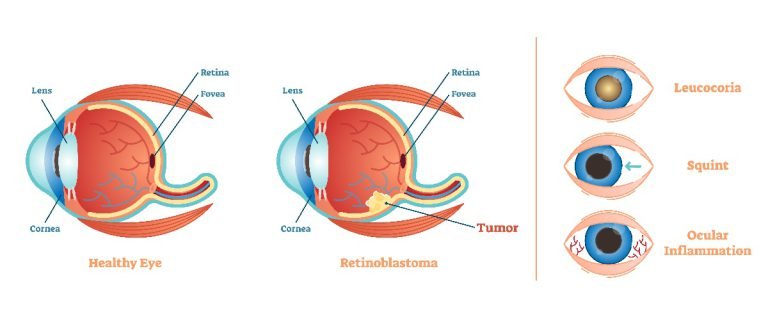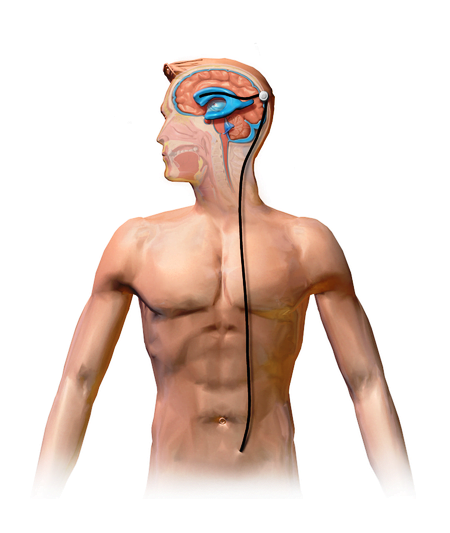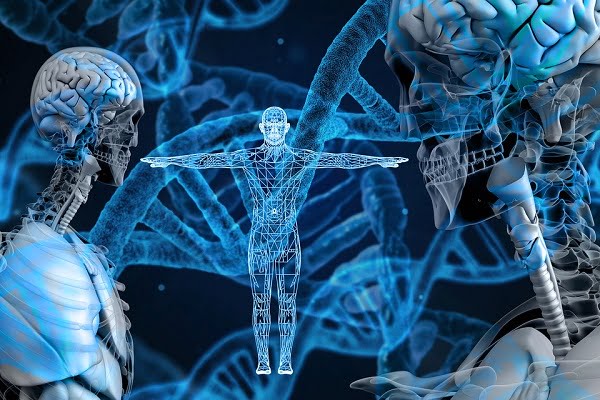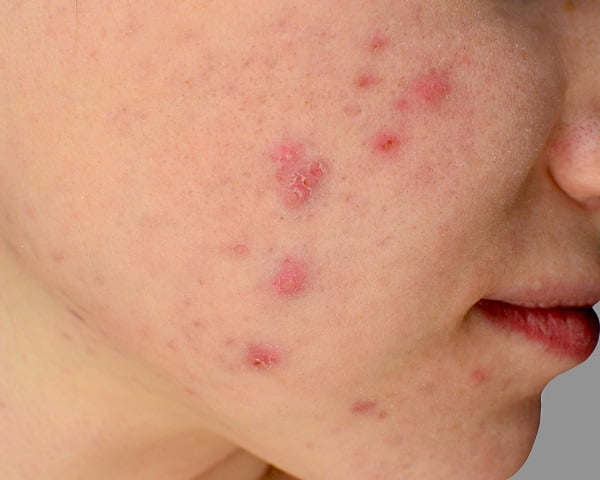Browsing: Rare Diseases
 The page provides quick access to a list of common rare and neglected diseases, syndromes, health conditions, and other topics of health importance. The list is organized alphabetically. Links are provided to respective diseases sections that serve as a comprehensive and ultimate guide about the disease or health condition.
The page provides quick access to a list of common rare and neglected diseases, syndromes, health conditions, and other topics of health importance. The list is organized alphabetically. Links are provided to respective diseases sections that serve as a comprehensive and ultimate guide about the disease or health condition.
According to the World Health Organization (WHO), rare diseases are defined as lifelong disease or disorder which has a prevalence of 1 or less in a population of 1000 people. In the United States, a prevalence of less than 200,000 cases indicates a medical condition to be rare. Rare diseases are also referred as orphan diseases as various drug companies do not want to develop any treatment or medication for it.
Majority of rare diseases occur due to genetic mutations in genes or chromosomes of an individual. Some cases have been reported where rare diseases occur due to an infection or due to rare cancers or autoimmune diseases. These autoimmune diseases do not have any inheritable significance.
Most rare diseases cannot be cured and lead to death of an individual or shortened life expectancy. Till date, all aspects of a rare disease have not been fully identified and understood by scientists, therefore, it is difficult to diagnose, treat and prevent occurrence of such diseases.
Some common rare diseases which have a widespread occurrence are acquired hemophilia, alkaptonuria, alpha and beta thalassemia, cystic fibrosis, Duchene muscular dystrophy, stargardt disease, sickle cell disease, nipah virus infection etc.
Although the exact underlying cause of Castleman’s disease is unknown, scientists related this disease to malfunctioning of the immune system. It is often associated with HIV or AIDs.
Localized or unicentric Castleman disease is usually cured with the help of surgery. The diseased-enlarged lymph node (single) can be removed completely. Surgery for unicentric Castleman’s disease can be minor or more extensive depending on a node’s location.
New inventions in treating achalasia are considered as a boon. Achalasia can be well treated with Per-oral endoscopic myotomy which involves no cut or incision on the chest or abdomen. High-resolution manometry (HRM) is very helpful in the diagnosis of achalasia.
Is It Gastroesophageal Reflux Disease (GERD) or Achalasia?
Achalasia and Gastroesophageal Reflux Disease (GERD) may show similar symptoms and therefore in many cases they are wrongly diagnosed and mistreated. GERD results in acidic reflux but sometimes reflux can occur in achalasia too.
Achalasia involves retention of food which can cause certain bacterial infections that result in chronic esophagitis which makes the epithelium more sensitive to carcinogens. This increases the chances of developing esophageal cancer. Read more in this article to understand the link between achalasia and cancer of the esophagus.
Treatment of Achalasia
There is no cure for achalasia but treatments are available to manage the symptoms. The goal of these treatments is to reduce the difficulty in swallowing by opening the lower esophageal sphincter. Patients are treated on the basis of the types of achalasia they suffer with as different types of the disease may need different treatment.
Achalasia is a rare disorder of the esophagus. It becomes difficult to swallow any type of solid or liquid food if a person has achalasia. It is observed that the nerves in the esophagus become damaged and the muscular valve between the esophagus and lower esophageal sphincter (LES) or the stomach is not relaxed.
Achondroplasia is often a result of new gene alterations or mutations. These changes can be identified with the help of molecular genetic tests. Genetic testing helps in the identification of manipulation in chromosomes, genes, or proteins which can help a doctor to rule out or detect a suspected genetic condition.
Achondroplasia life expectancy is normal and slow growth of children does not affect the prognosis. However, if a child is suffering from homozygous achondroplasia he or she is expected to survive only for the first year of his or her life in most cases. Growth is studied in patients on parameters such as height, BMI, weight, etc.
Achondroplasia is rare genetic disorder which can be associated with short stature, slow growth, bending of spine, etc. It is easy to diagnose the condition during pregnancy with the help of a fetal ultrasound. Growth hormones are given as a treatment to achieve mild or average growth.




